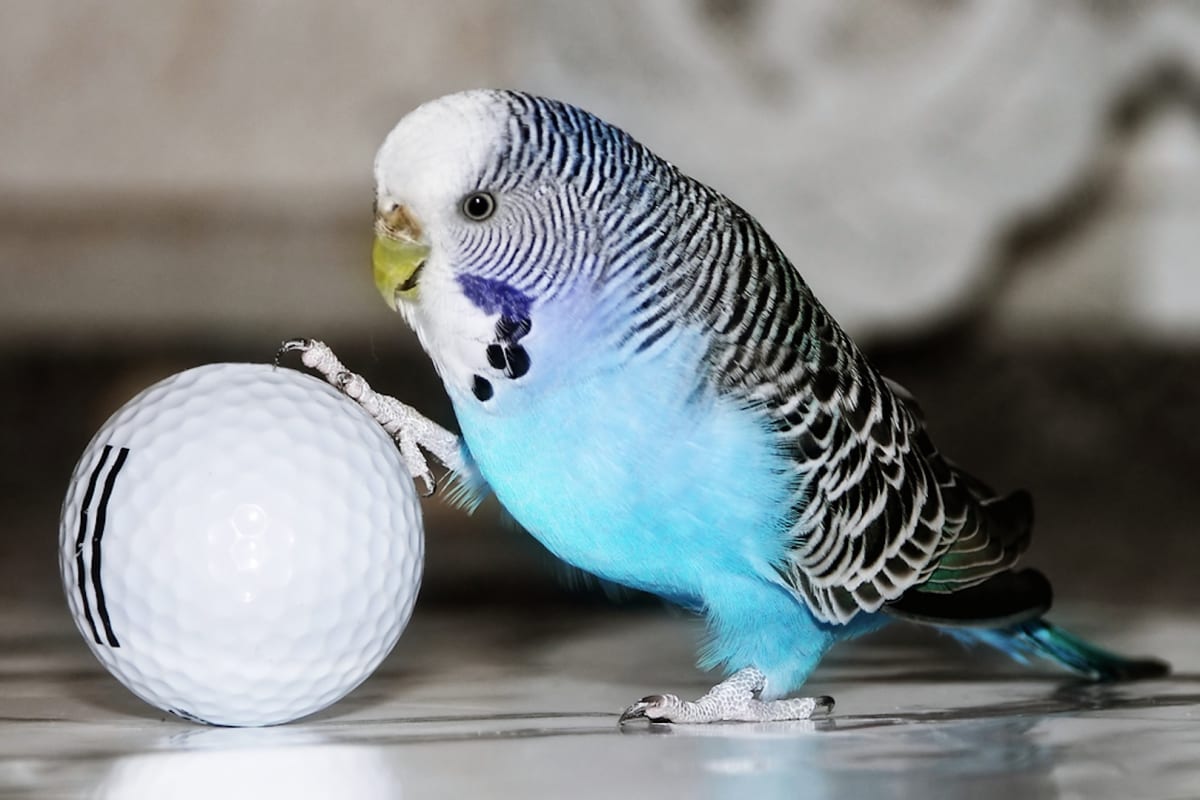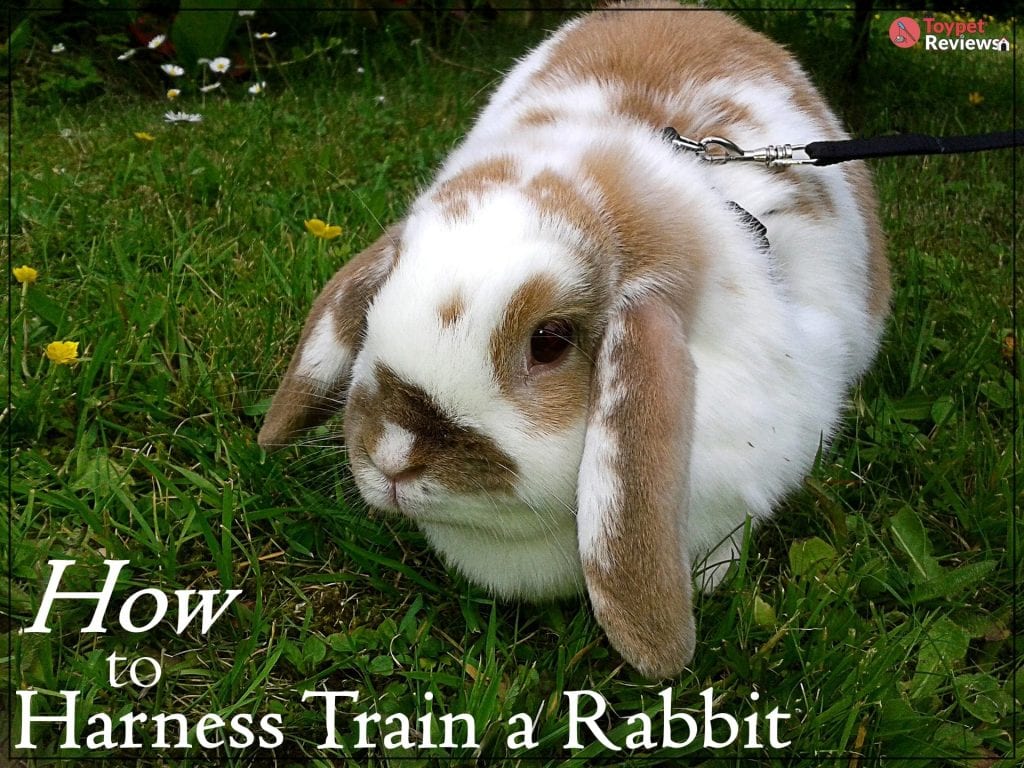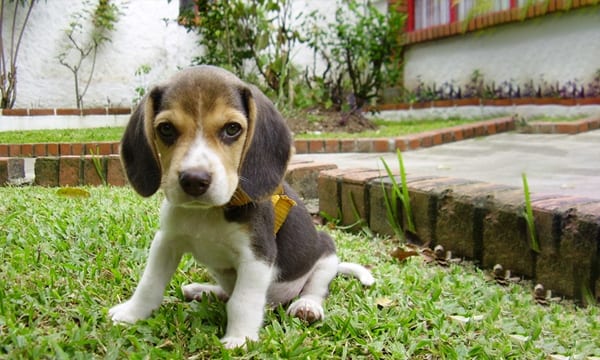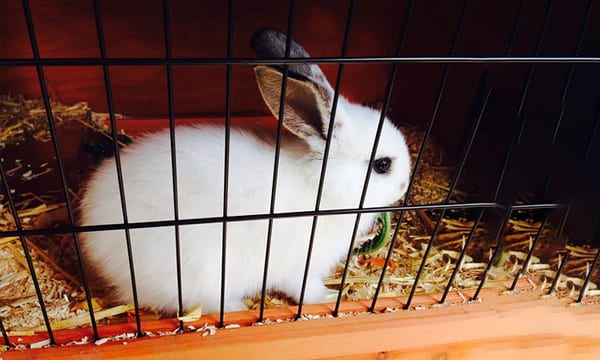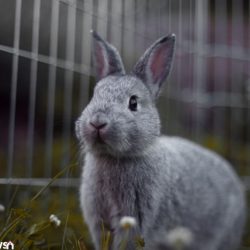Leopard geckos are some of the most popular pets to keep for both beginner and advanced reptile enthusiasts. They’re easy to care for, fascinating to observe, quiet and gentle, and they can live for about 20 years.
Ensuring that your leopard gecko lives a long and healthy life means providing the correct diet. Leopard geckos are insectivores, which means they thrive entirely on a diet of insects. Insects are high in protein and calcium, which is essential for leopard geckos’ health.
There are many commercial foods available for leopard geckos, but generally, these aren’t the best food for leopard gecko. This is because the insects in these foods, although nutritious, are no longer living.
Leopard geckos prefer live meals that move a great deal so that they stimulate their natural hunting behavior.
Best Food for Leopard Geckos
There are many different options for live foods, and it’s a good idea to offer your gecko a variety of insects. Different insects offer different nutrients so it’s essential to offer a variety in order to ensure that your gecko is getting the vitamins and minerals it requires.
Offering a variety of different foods also keeps things interesting for the gecko. Insects that move little or don’t taste as good can sometimes cause a leopard gecko to stop eating.
Some of the most common insects to feed geckos are crickets and mealworms. Other insects such as dubia roaches, hornworms, silkworms, waxworms, butterworms, black soldier fly larvae, and grasshoppers are also good sources of nutrients.
Some of the less common types of insects can be tricky to find, but generally, all of these insects can be readily purchased at pet stores or online. Once you have a decent amount of any insect, most can be kept in a terrarium of their own and encouraged to breed.
This is called keeping a colony, and it means that you’ll be growing your own food sources for your gecko and may not have to purchase insects as often.
All insects given to a leopard gecko will need to have vitamins and minerals added to them so as to ensure the gecko is getting the proper amount of nutrients. This can be done in two ways. First, all feeder insects should be gut-loaded.
This is a process in which insects are fed a highly nutritious diet—they must be fed this diet either regularly or 12 hours before being fed to the gecko. Insects can be fed nutritious fruits and vegetables or they can be given a chick mash, which is high in nutrients.
Secondly, insects should be dusted with calcium and vitamin supplements before they’re offered to the gecko. Insects can be placed in a bag with the calcium dust and gently shaken to ensure they’re well coated.
Wild insects can also be offered to your gecko. Giving wild insects increases the variety in the gecko’s diet and therefore increases their nutrient intake. However, giving wild insects must be done with extreme caution. You should know exactly what kind of insects you’re offering your gecko.
Grasshoppers and crickets are a good choice. Spiders, fireflies, and caterpillars should always be avoided because they can bite or may be toxic. You must also ensure that the insects come from an area that hasn’t been introduced to pesticides or other chemicals.
Best Commercial Food Options for Your Leopard Gecko
In the list below, we’ll be looking at some of the pros and cons of the most popular gecko foods, so that you can choose the ones that best suit your scaly friend’s needs.
DBDPet Premium Live Hornworms
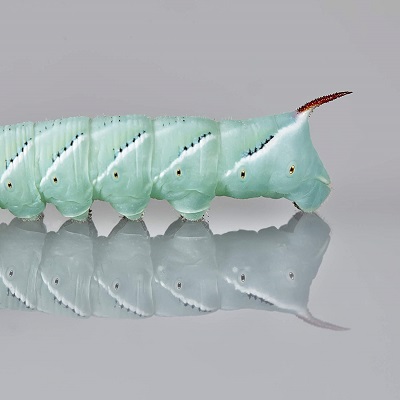
Ideal for: Leopard geckos and other reptiles
Hornworms, also known as tomato worms, are a popular choice for the best food for leopard gecko because they’re high in calcium but low in fat, which can be unhealthy if given too often. Hornworms are also enticing to leopard geckos because they’re brightly colored.
In addition, hornworms lack an exoskeleton so they’re easy to eat and digest. These particular hornworms are small, so they’re a good size for smaller geckos. However, they can be grown to a larger size if needed. The order guarantees 20 to 30 live worms.
- High in calcium
- Low in fat
- Bright colors are enticing for geckos
- Guaranteed delivery
- More expensive than other gecko foods
- Low in protein
Galleria Mellonella Live Waxworms
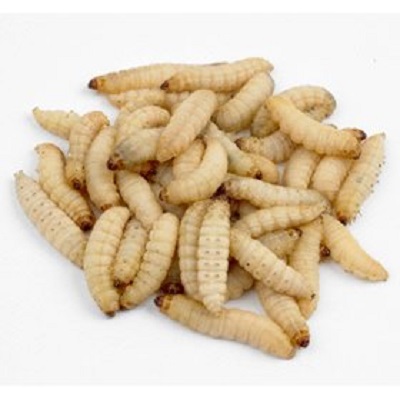
Ideal for: Birds and reptiles
Although waxworms are high in fat and therefore must only be given occasionally, they can still offer a good amount of nutrients for your leopard gecko. They’re also a good choice for the best food for leopard gecko because, due to their high fat content, geckos find them very tasty, so even the pickiest eaters will enjoy them.
In addition, although waxworms can be somewhat smelly to keep, they can also be stored at between 50 and 60 degrees Fahrenheit, at which point they will go dormant. These particular waxworms can be purchased in amounts of 250, 500, and 1000.
- Tasty for geckos
- Can be stored in a dormant state
- Available in amounts of 250, 500, and 1000
- High in fat
- Move less than other insects
- Have a strong smell
Predator Foods Live Mealworms
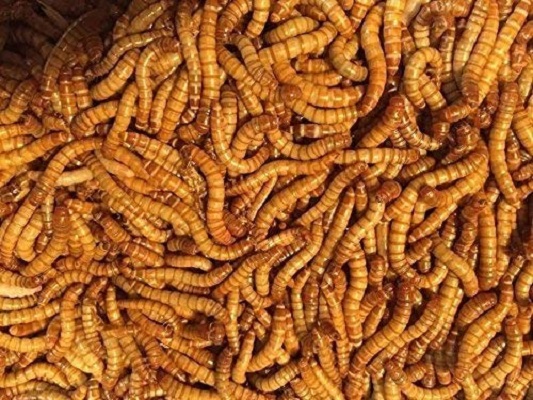
Ideal for: Leopard geckos and other reptiles, amphibians, and birds
Mealworms are one of the most popular foods for geckos because they’re easy to keep, and they’re readily available and also relatively inexpensive. However, they have a relatively high fat rate, so although they make a very good staple food, they should be given with other, less fatty insects.
These mealworms come in a 1000 count and they’re are available in quarter inch, half inch, and one inch sizes.
- Good part of a staple diet
- Inexpensive
- Easy to find and keep
- High in fat
- Move less than other insects
Josh’s Frogs 1/2″ Banded Crickets
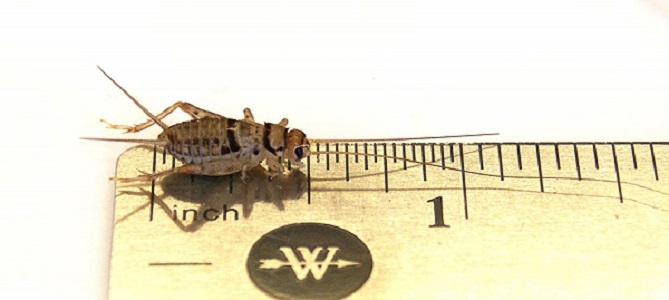
Ideal for: Leopard geckos and other reptiles
Crickets are considered the best food for leopard gecko because they move a good deal, stimulating natural feeding behavior. In addition, they’re high in protein and low in fat, so they can be given often. They’re also very easy to find and are generally inexpensive.
They breed quickly, but can be tricky to keep because they’re noisy, have a smell, and often escape. These crickets are only a half inch long, so they’re small enough for geckos to safely eat.
- Good deal of movement
- High in protein
- Low in fat
- Easy to find and inexpensive
- Very noisy
- Strong smell
- Can bite geckos
- Easily escape
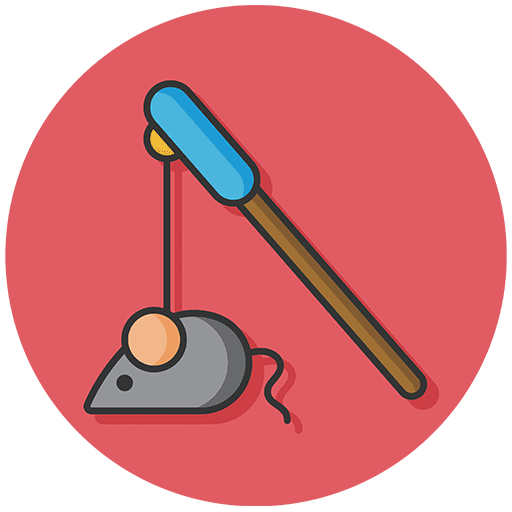
The TPR Team invites you to read informative pieces and specialized opinions from experts in all things dogs, cats, birds, fish, hamsters, rabbits, and all things pet, in general.

